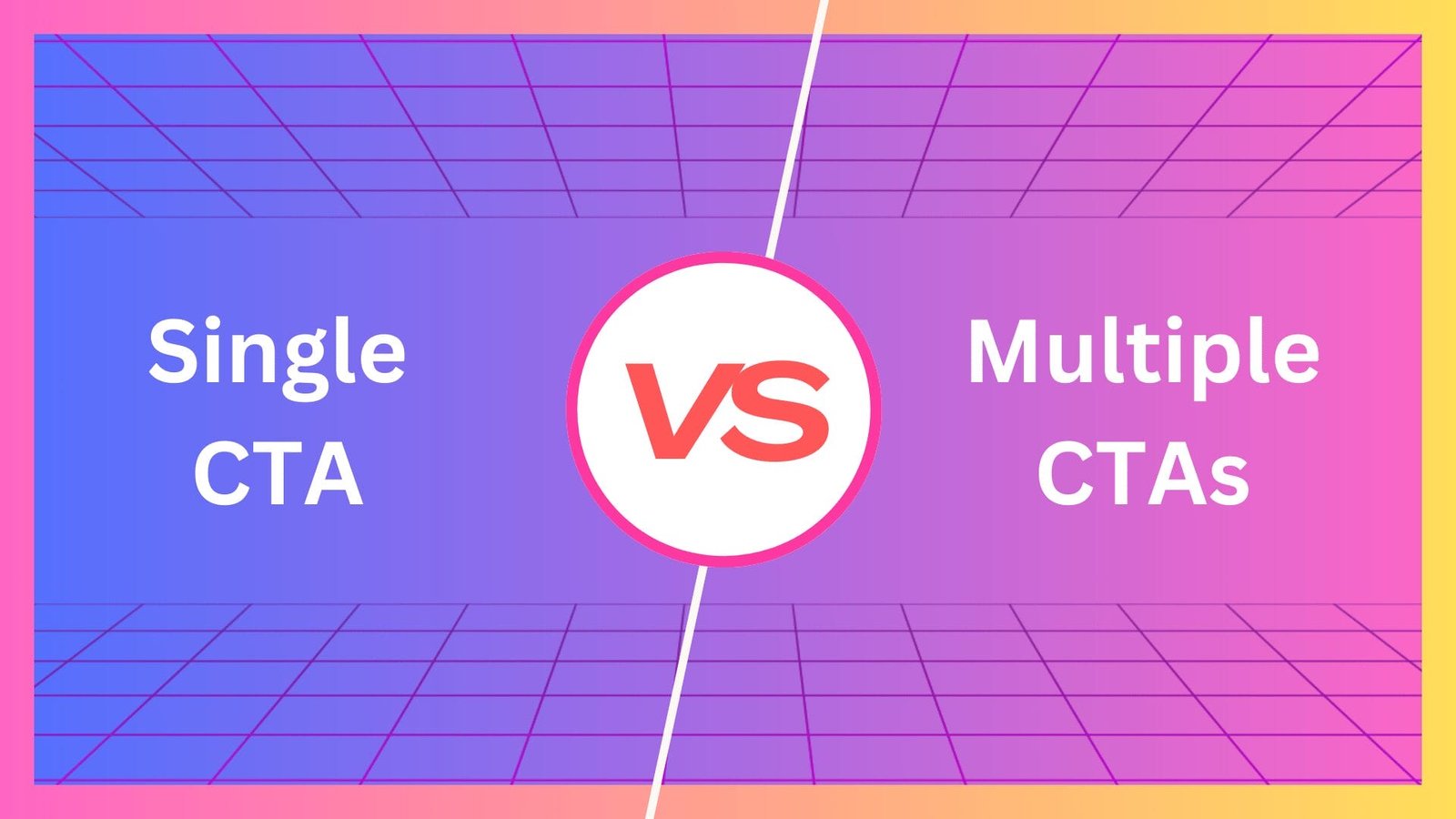
If you’re designing a SaaS landing page, you’ve probably asked yourself: Should I use a single CTA (Call-to-Action) or multiple CTAs?
It’s a fair question. CTAs are crucial for guiding visitors toward taking action, whether it’s signing up, requesting a demo, or subscribing. But what’s the best approach? Should you keep it simple with one strong CTA, or should you provide multiple options to cater to different user needs?
Let’s break it down.
What is a CTA, and Why Does It Matter?
A CTA is the button, link, or message that tells users what to do next. It could be:
✔ “Start Free Trial”
✔ “Request a Demo”
✔ “Sign Up Now”
CTAs are the bridge between interest and conversion. If they’re not clear or compelling, visitors won’t take action—and that means lost opportunities.
Single CTA: When Less is More
A single CTA keeps things focused. It eliminates confusion and directs users to one clear action.
✅ When a Single CTA Works Best:
✔ You have one clear goal—for example, getting visitors to start a free trial.
✔ You want to reduce decision fatigue—too many choices can overwhelm users.
✔ You’re targeting bottom-of-the-funnel leads—people ready to take action.
✔ Your product has a simple, well-defined use case—users don’t need multiple pathways.
❌ Potential Downsides of a Single CTA:
🚫 Some visitors may not be ready to take the one action you provide.
🚫 You might miss opportunities to engage users who need more information first.
Example:
A SaaS company offering project management software might use:
🟢 “Start Your Free Trial” as the only CTA to keep visitors focused.
Multiple CTAs: Giving Users More Choices
Multiple CTAs give visitors different ways to engage based on where they are in the buying journey.
✅ When Multiple CTAs Work Best:
- Your audience is diverse—some are ready to buy, others need more info.
- You want to guide users through different options—like watching a demo or booking a sales call.
- Your product has a longer sales cycle—giving users multiple ways to engage increases conversions over time.
- You’re in an industry where research is key—users may need to compare plans or understand use cases before converting.
❌ Potential Downsides of Multiple CTAs:
- Too many CTAs can create decision paralysis, making users take no action at all.
- They can dilute the main conversion goal, reducing effectiveness.
Example:
A SaaS CRM platform might offer:
🟢 “Start Free Trial” for users ready to try the product.
🟢 “Request a Demo” for users who need to talk to sales first.
🟢 “Watch a Product Tour” for visitors who want to learn more before committing.
Which One Should You Choose?
Industry Insights Matter
The effectiveness of single vs. multiple CTAs depends on the industry and the product’s complexity.
- Simple, self-serve SaaS tools (e.g., email marketing software, task management tools) often perform better with a single CTA to drive quick sign-ups.
- Enterprise SaaS (e.g., AI-powered analytics, compliance management platforms) benefits from multiple CTAs since users may need demos, whitepapers, or case studies before making a decision.
- E-commerce & subscription-based SaaS can benefit from a mix, offering a free trial CTA along with an option to compare plans or view testimonials.
Other Key Factors to Consider
📊 User Intent
- If your audience is high-intent, a single, bold CTA works best.
- If users need more education, multiple CTAs guiding them through content can help.
📊 Page Length
- Short landing pages (e.g., campaign pages) perform better with one strong CTA.
- Longer pages (e.g., homepages, feature pages) can have secondary CTAs at strategic points.
📊 Traffic Source
- Visitors from paid ads expect a clear and immediate CTA.
- Visitors from organic search may need additional options, such as a blog or product demo.
📊 A/B Testing is Key
- The best way to decide? Test it.
- Run A/B tests comparing single vs. multiple CTAs and track conversion rates, engagement, and drop-off points.
Final Thoughts
There’s no one-size-fits-all answer. Single CTAs work best for focused, high-intent pages, while multiple CTAs can guide different users toward conversion.
🚀 The key is to test, measure, and optimize. Your landing page should provide a seamless experience that leads users toward taking the next step—whatever that may be.






